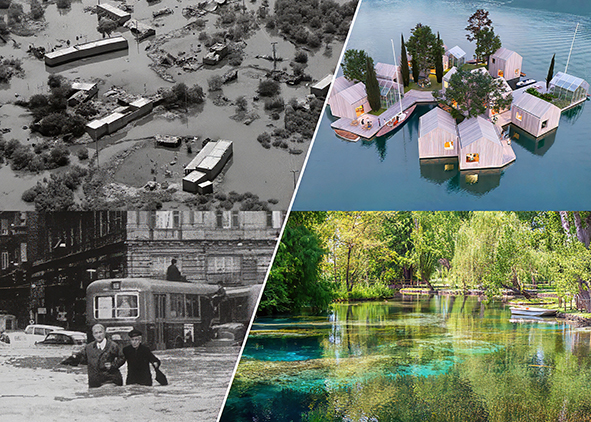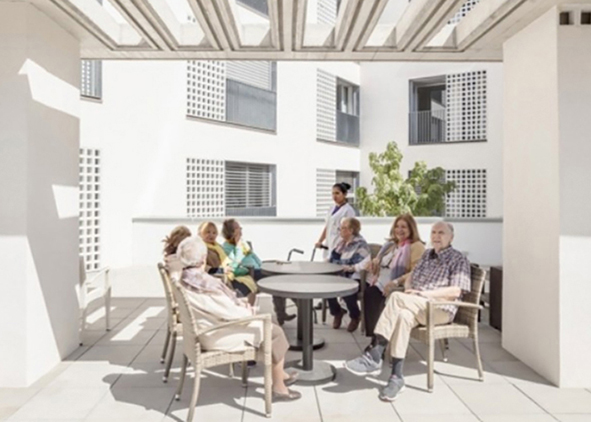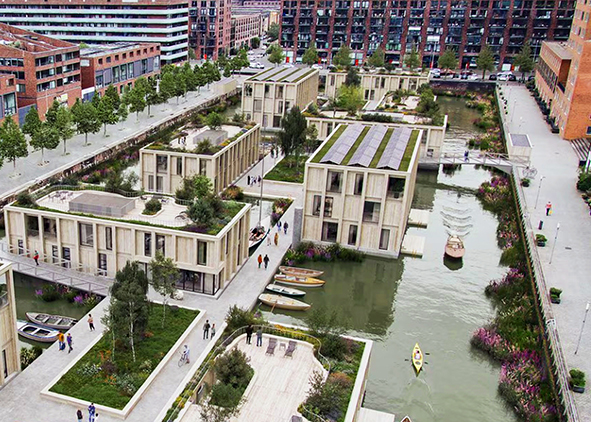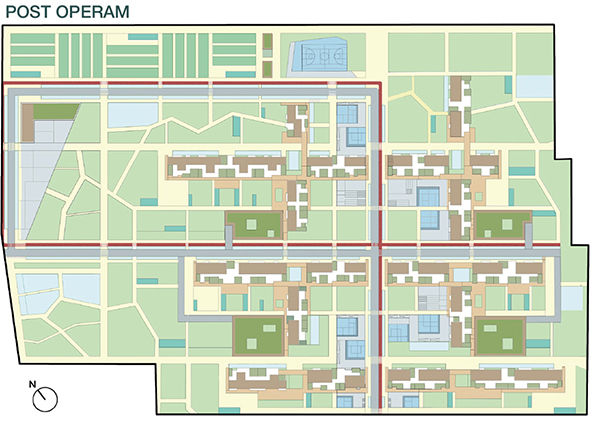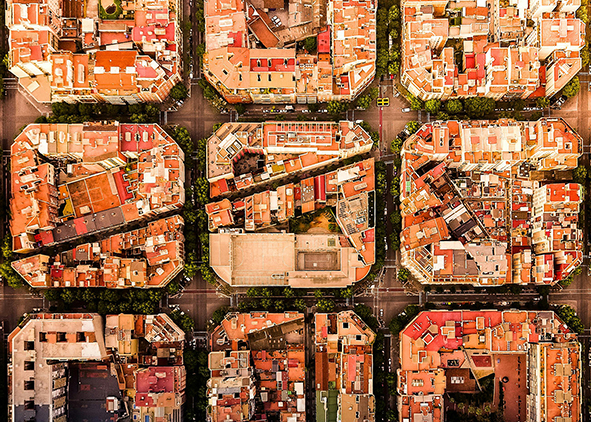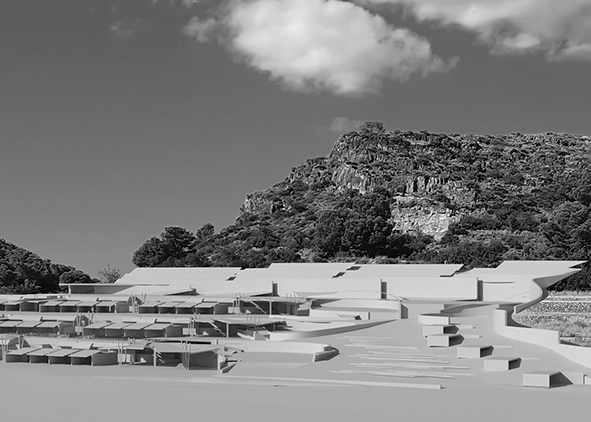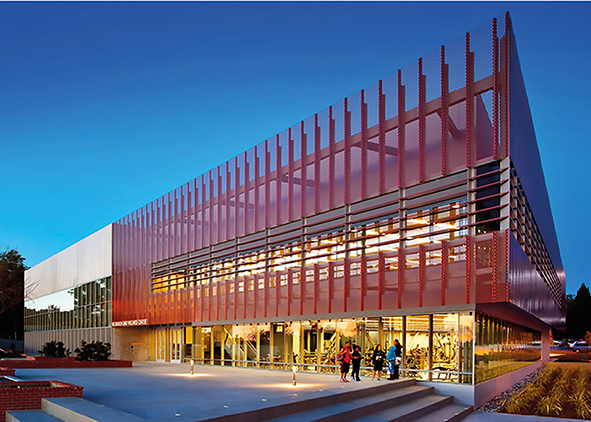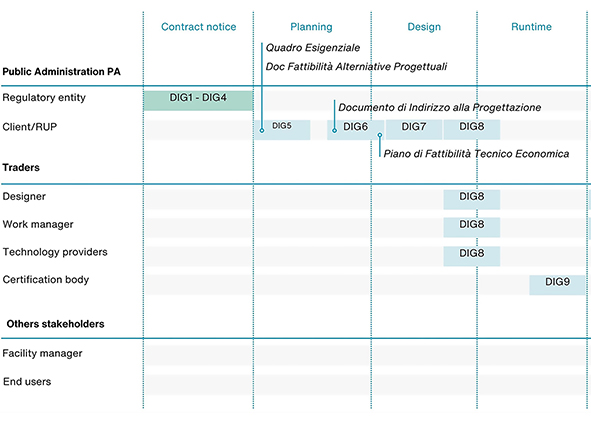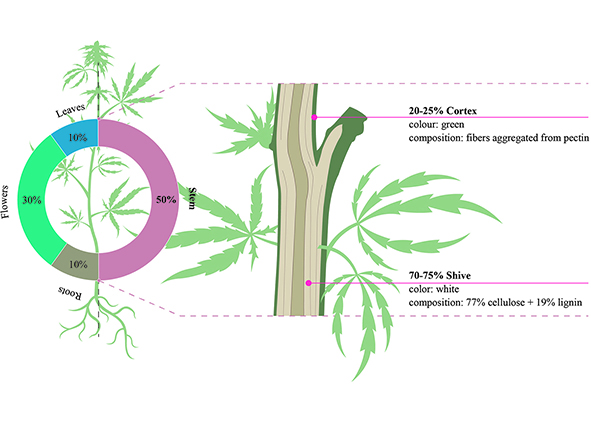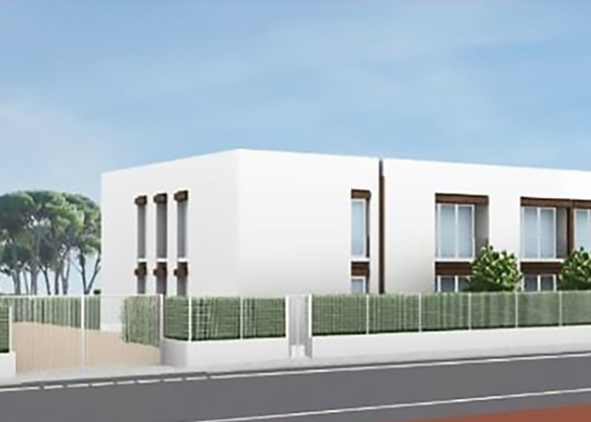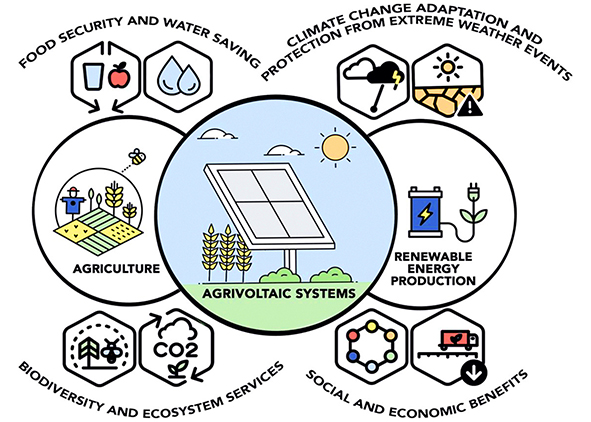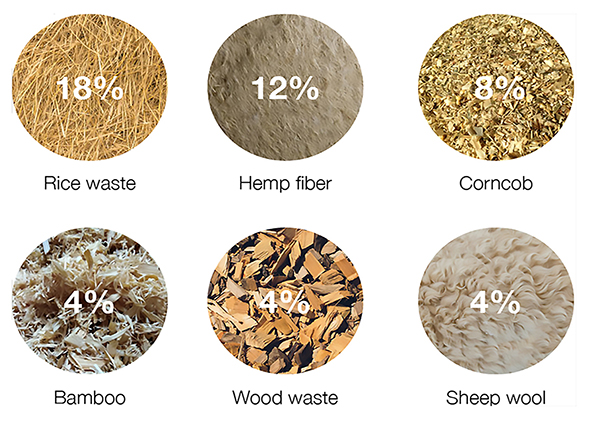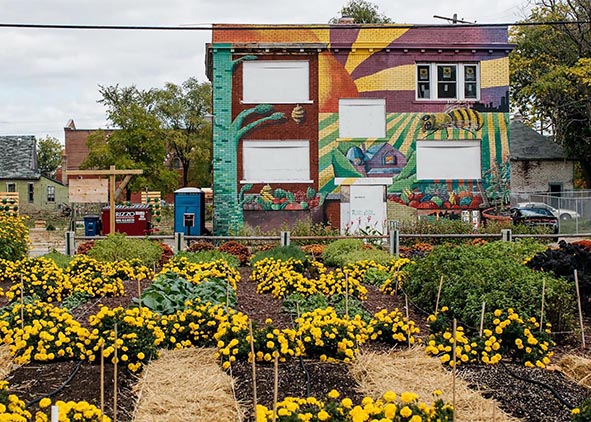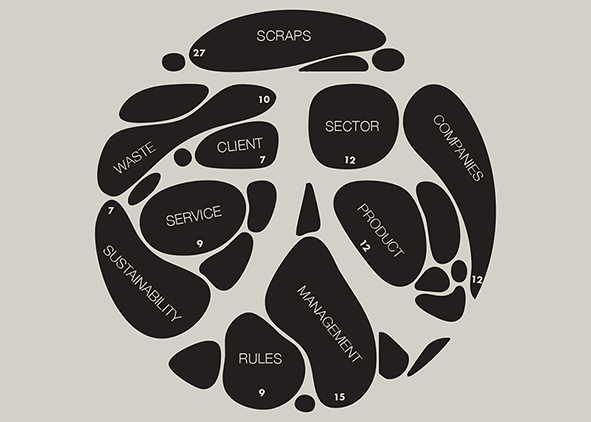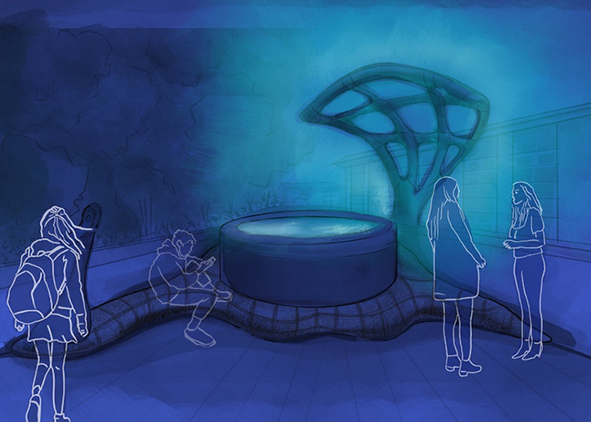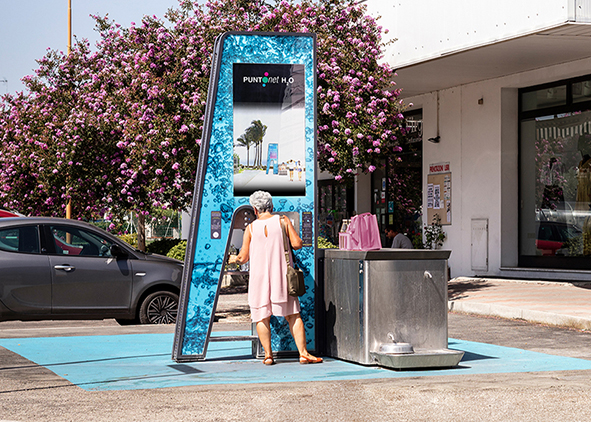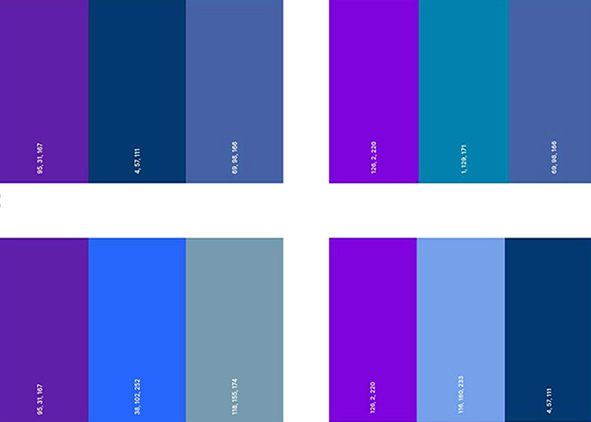
AGATHÓN
International Journal
of Architecture, Art and Design
ISSN (online) 2532-683X
ISSN (print) 2464-9309
Vol. 18 (2025): WATER (SDG 6), ENERGY (SDG 7), DECENT WORK AND ECONOMIC GROWTH (SDG 8) | Projects, research, synergies, trade-offs

Volume 18 of Agathón follows on from the previous volume dedicated to the first five Goals of the 2030 Agenda, shifting the focus to the following three SDGs which, due to their interdependence and the urgency of the crisis, serve as structural hubs for the transition: ‘Clean Water and Sanitation’ (SDG 6), ‘Affordable and Clean Energy’ (SDG 7), and ‘Decent Work and Economic Growth’ (SDG 8). The three themes are part of the 17 Sustainable Development Goals (SDGs) adopted in September 2015 by the Member States of the United Nations (UN, 2015) and promoted as a call for urgent action to combine prosperity, equitable development and protection of our planet, all while fostering cooperation and partnerships between different countries, between national governments and local administrations, between public institutions and private companies, and between civil society and individuals. However, just five years after the date set for their achievement, the call seems not to have been entirely accepted, if not disregarded altogether, and therefore the scientific community cannot and must not refrain from reflecting on ‘where we are now’, ‘where we are going’ and ‘where we might still go’. A data-driven assessment of progress is provided by the Global Sustainable Development Report, which, in two subsequent documents (IGS, 2019, 2023), called for appropriate corrections and an urgent acceleration of implementation policies, without which humanity will face prolonged periods of crisis and uncertainty, further jeopardising the principle of ‘leaving no one behind’ and the protection of the entire ecosystem at a global level. While the 2019 Report noted that the international community needed to pick up the pace on some goals, while confirming that the world was on track for many others, the situation depicted in the 2023 Report is hugely different, as it reports that progress on some goals has not been fast enough and that on others – food security, climate action and biodiversity protection – the world is still moving in the wrong direction.
Based on these considerations, volume 18 of AGATHÓN, addressing the disciplinary areas of Landscape, Urban Planning, Architectural and Urban Composition, Engineering, Architectural Technology, Design, Restoration and Recovery, and Representation, has selected a series of contributions on the theme of ‘Clean Water and Sanitation (SDG 6), Affordable and Clean Energy (SDG 7), and Decent Work and Economic Growth (SDG 8) | Projects, research, synergies and trade-offs with the SDGs’ with the aim of fostering open discussion through the collection of essays and critical reflections, research and experimentation, projects and interventions, which are innovative, multidisciplinary and multi-scale in nature, use a systemic approach and deal with aspects of the process (design, production / implementation and management), methodologies and ex-ante and ex-post evaluation models, overcoming limitations, gaps and barriers, enhancing synergies and limiting compromises with other objectives.
The built environment interacts with every objective (Thorne and Duran, 2016). Still, at the same time, it is one of the current challenges because, on the one hand, it is a major consumer of energy and natural resources and a relentless producer of harmful gases and waste. On the other hand, the way we intervene can exacerbate inequalities and affect human health; it is particularly relevant in cities, whose importance in terms of both vulnerability and growth opportunities is implicit in all SDGs, especially considering that by 2050, approximately 70% of the world’s population will live in urbanised areas (UN-Habitat, 2022). Once again, what is necessary and urgent is a strategically planned, designed, and implemented human action, consistent with multiple SDGs, capable of ensuring improved quality of life, sustainability, social equity, health, and resilience for communities. With this in mind, the essays and research published address the first five Sustainable Development Goals, recognising that poverty, hunger, health and well-being, quality education and gender equality are not separate domains, but fields of action and reflection that are interconnected with each other and with the other Goals. On this project, – understood in its urban, landscape, architectural and technological extensions – can and must exert a systemic action. The editorial attempts to convey this complexity, highlighting – for each contribution – the theme addressed, the disciplinary field of reference, the project scales involved, the types of action employed and, above all, the importance and transferability of the proposed solutions.
Taken together, the contributions collected in this issue paint a picture in which water, energy and labour are no longer simply three objectives of the 2030 Agenda, but the vertices of a single field of forces that spans productive landscapes, cities, architecture, material supply chains and digital infrastructures. Taken together, the contributions show that the water-energy issue cannot be confined either to the technical scale of detail or to the abstract scale of grand strategies, but requires continuous interaction between vision and device, between concept and field testing.
A first piece of evidence concerns how the contributions redraw the relationship between scales and disciplines. Water appears as a design matrix in the landscape, in the city, in buildings and even in micro-urban devices; energy as a constraint and resource in the form of settlements, bioclimatic systems, storage technologies and typological choices; work as an often implicit but decisive dimension in rural cooperatives, bio-based material supply chains, care services, maintenance trades and new digital professions. Architecture, urban planning, technology, product, service and communication design, socio-economic studies, and public policy are intertwined: the most convincing and impactful studies are those that accept to work on several fronts simultaneously – design, evaluation, organisation – testing theoretical hypotheses on concrete cases and vice versa.
A second common feature is the centrality of methodologies. Compared to still widespread narratives that entrust the transition to a list of ‘good practices’, the contributions in this volume insist on the construction of tools: taxonomies and tables for designing with water, operational protocols for integrating SDGs into the design phases, tools for rainwater management, sets of parameters for PEDs, LCA and S-LCA procedures, 4R-SDGs matrices, indicator systems for smartness and digital twins, and frameworks for interpreting circularity in natural fibres and production sectors. The research does not stop at stating principles, but undertakes to translate them into operational sequences and measurement systems which, despite their limitations, represent the prerequisite for any scalability. The originality of many contributions lies precisely in bringing together tools from different domains – from service design to bibliometrics, from thermo-energy simulation to data science – to construct more robust readings of synergies and trade-offs.
Thirdly, the contributions invite us to more carefully evaluate the dimension of compromise. Far from proposing a harmonious vision of the SDGs, much research shows tensions that are difficult to resolve: between energy production and agricultural land use, between ecological regeneration and rent dynamics, between building comfort and morphological constraints, between the promises of biomaterials and real working conditions in supply chains, between the sophistication of indicators and the institutional capacity to use them, between circularity and precariousness in sectors such as fashion. This should be seen not as a sign of weakness, but of maturity: the transition that emerges from these contributions is less reassuring but more credible, because it recognises that every choice involves differential losses and gains and that the task of the project – and the accompanying assessment tools – is to make these compromises explicit without concealing them under generic labels of sustainability. Perhaps the most important contribution of the volume concerns transferability.
Almost all research, although rooted in specific contexts, works to identify elements that can be ‘transferred’: compatibility matrices, reconnectivity descriptors, sustainability checklists, prototyping and testing sequences, governance models, visual communication devices, co-design processes and criteria for integrating environmental and social dimensions into assessment constitute new infrastructures of thought and action that can be critically adapted to other territories and sectors. In this sense, the volume shows a constant tension to go beyond the scope of the cases to build a ‘conceptual toolbox’ that remains useful even when the scenario changes. Alongside these strengths, the limitations of some studies also emerge. The focus remains primarily within the Euro-Mediterranean area, with few forays into non-European contexts; many experiments take place in relatively protected conditions and offer a glimpse of, but do not always address, the difficulties of implementation in fragmented administrative systems or weak territories; the issue of inequality – although present – could be explored in greater depth, especially concerning the most vulnerable workers in global supply chains and the least represented urban and rural populations. The time dimension also remains compressed in some cases: short monitoring cycles, ex ante assessments awaiting long-term confirmation, business and governance models yet to be tested over decades.
Overall, however, the published contributions convey well the idea that the disciplines of architecture can play a strategic role in the 2030 Agenda, influencing technological choices, spatial forms, economic models and collective imaginaries. Water, energy and decent work are not simply ‘topics’ to be represented here, but design and research materials that redraw the priorities of the discipline. Therefore, in continuity with the previous volume, the editorial invites us to ask ourselves where we need to go deeper, on what scales to concentrate our efforts, and which disciplinary and institutional alliances we need to activate to transform the SDGs from programmatic statements into operational practices.

